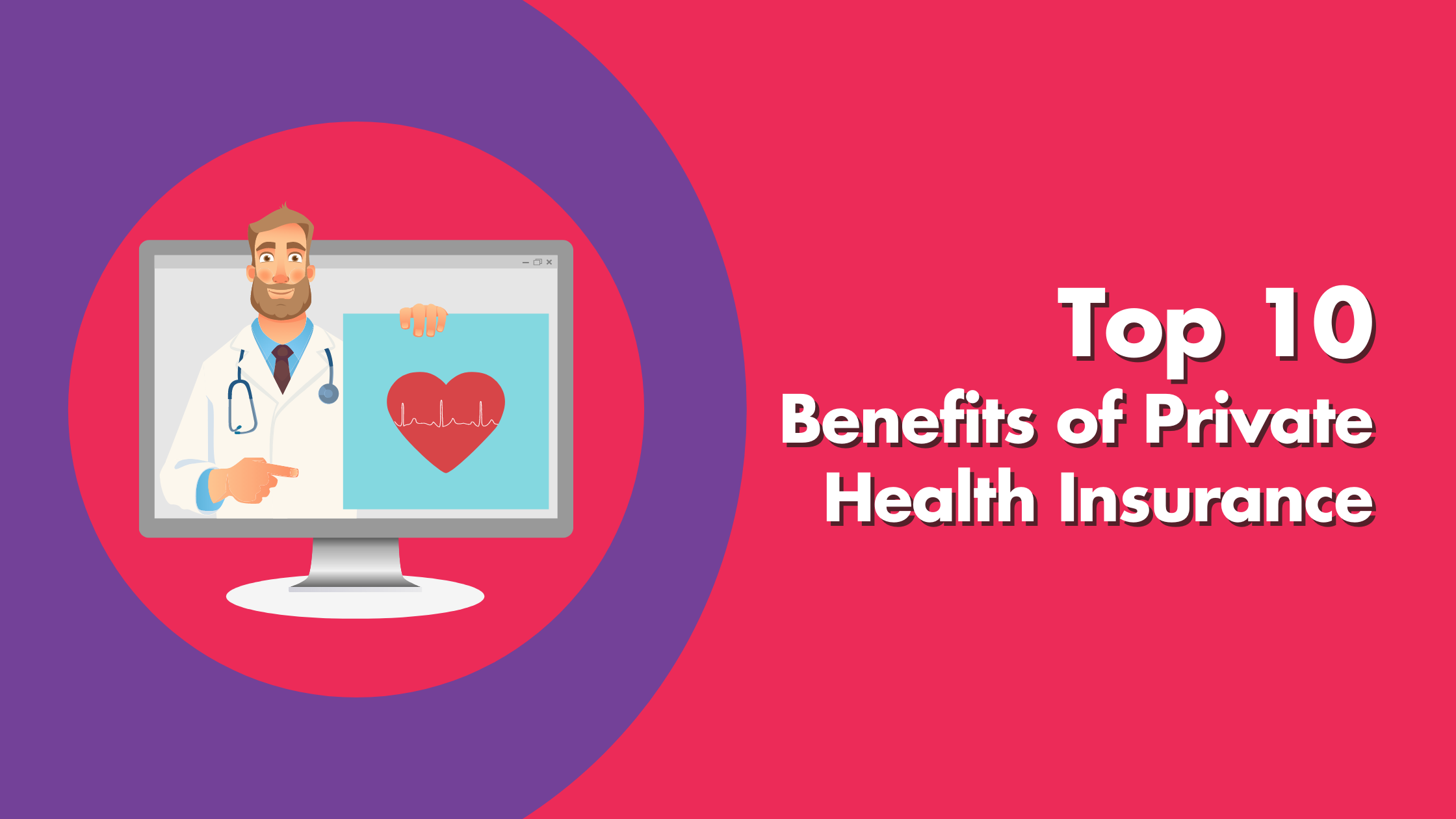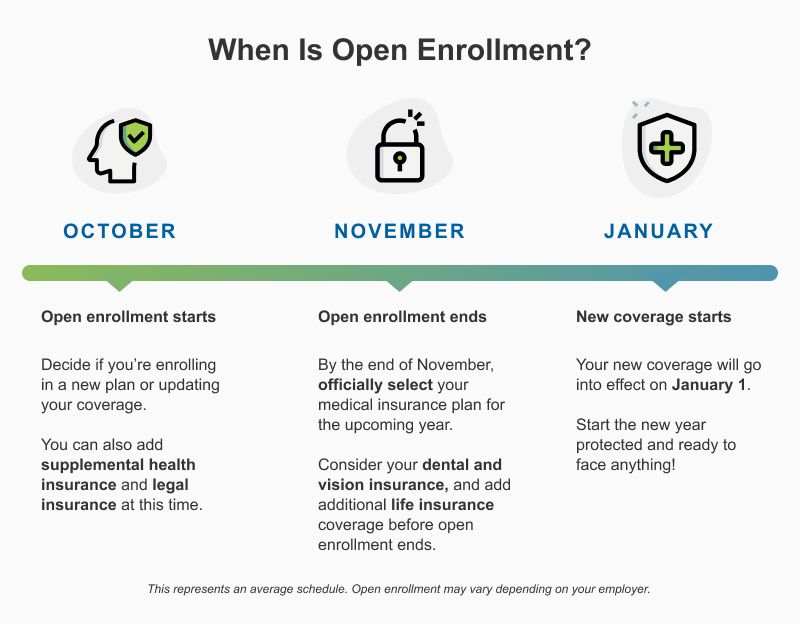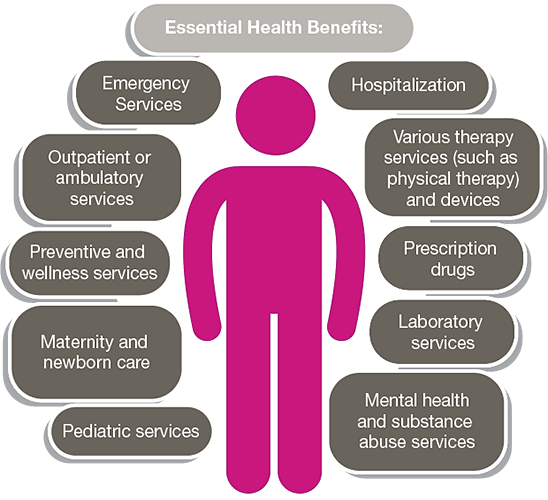Examine This Report on Medicare Advantage Agent
Examine This Report on Medicare Advantage Agent
Blog Article
The Greatest Guide To Medicare Advantage Agent
Table of ContentsRumored Buzz on Medicare Advantage Agent7 Easy Facts About Medicare Advantage Agent ShownIndicators on Medicare Advantage Agent You Should Know

adheres to from confusing the fairly young age profile of the uninsured with the much better wellness, generally, of younger persons. This obscures the web link in between health and wellness standing and health insurance. For those without accessibility to office medical insurance, poor wellness is a possible obstacle to buying nongroup protection because such insurance coverage might be very valued, leave out preexisting conditions, or be simply unavailable. The variety of uninsured Americans is not specifically big and has actually not changed over the last few years. 7 out of ten participants in a nationally depictive survey thought that less Americans did not have health and wellness insurance policy than actually do(Fronstin, 1998). Approximately fifty percent(47 percent )thought that the number of individuals without health and wellness insurance decreased or remained continuous over the last fifty percent of the last decade(Blendon et al., 1999). This drop of virtually 2 million in the number of individuals 'without insurance policy (a reduction
of around 4 percent)is certainly a favorable change. With a softer economic climate in 2000 the newest reported gains in insurance policy protection may not proceed(Fronstin, 2001 ). The decrease in the variety of without insurance will certainly not proceed if the economy stays slow-moving and wellness care costs proceed to surpass inflation. This is because the data were collected for a duration of strong economic efficiency. Of the estimated 42 million people who were uninsured, just about about 420,000(regarding 1 percent)were under 65 years old, the age at which most Americans become qualified for Medicare; 32 million were adults between ages 18 and 65, around 19 percent of all adults in this age team; and 10 million were children under 18 years of age, concerning 13.9 percent of all kids (Mills, 2000). These estimates of the variety of individuals without insurance are produced from the annual March Supplement to the Present Populace Survey (CPS), carried out by the Demographics Bureau. Unless otherwise noted, nationwide quotes of individuals without wellness insurance and proportions of the populace with various type of insurance coverage are based on the CPS, one of the most widely utilized source of estimates of insurance policy coverage and uninsurance rates. These surveys and the estimates they produce are defined briefly in Table B. 1 in Appendix B - Medicare Advantage Agent. These studies vary in size and tasting techniques, the inquiries that are inquired about insurance policy
Top Guidelines Of Medicare Advantage Agent
protection, and the time period over which insurance policy protection or uninsurance is determined(Lewis et al., 1998, Fronstin, 2000a ). Still, the CPS is especially valuable due to the fact that it generates yearly price quotes relatively promptly, reporting the previous year's insurance protection estimates each September, and since it is the basis for a regular collection of price quotes for greater than twenty years, allowing for evaluation of trends in protection over time.

The 45-Second Trick For Medicare Advantage Agent
The connection between health and wellness insurance policy and accessibility to care is well developed, as documented later in this chapter. The partnership between health and wellness insurance policy and health and wellness results is neither direct nor basic, an extensive medical and health and wellness services research literary works web links health insurance coverage
to improved better accessibility care, better quality, and improved boosted individual population health wellness. The 2nd report, on personal health and wellness end results for uninsured grownups, is stood for by the inner circle of the figure, while the third report, on family members well-being, encompasses the subjects of the 2nd record however highlights a various device of analysis, namely, the family.
It concentrates particularly on those without any type of wellness insurance policy for any size of time. The problems dealt with by the underinsured are in some respects similar to those dealt with by the uninsured, although they are typically much less extreme. Uninsurance and underinsurance, however, entail noticeably different plan problems, and the techniques for addressing them might vary. Throughout this research and the five reports to adhere to, the main emphasis is on individuals without any health and wellness insurance policy and hence no support in paying for health treatment past what is offered via charity and safety net institutions. Medical insurance is a powerful factor affecting invoice of treatment due to the fact that both individuals and doctors react to the out-of-pocket rate of solutions. Medical insurance, nevertheless, is neither needed nor enough to access to clinical services. Nevertheless, the independent and straight result of wellness
insurance protection on access to wellness solutions is well developed. Others will obtain the wellness treatment they require also without medical insurance, by paying for it out of pocket or seeking it from service providers that use care complimentary or at extremely subsidized prices. For still others, health insurance coverage alone does not make certain invoice of care because of various other nonfinancial barriers, such as an absence of health and wellness care companies in their community, minimal access to transportation, illiteracy, or etymological and cultural distinctions. Official research study about uninsured populations in the USA dates to the late 1920s visit site and early 1930s when the Board on the Cost of Healthcare produced a collection of records about funding physician office gos to and hospitalizations. This concern came to be salient as the numbers of medically indigent climbed throughout the Great Anxiety. Empirical studies consistently support the link between access to care and enhanced health outcomes(Bindman et al., 1995; Starfield, 1995 ). Having a normal resource of treatment can be considered a predictor of accessibility, instead than a direct step of it, when wellness results are themselves made use of as accessibility signs. This expansion of the idea of gain access to dimension was made by the IOM Board on Keeping An Eye On Accessibility to Personal Healthcare Solutions(Millman, 1993, p. Whether parents are insured shows up to affect whether or not their children obtain treatment in addition to just how much careeven if the kids themselves have coverage(Hanson, 1998). The health of parents can influence their ability to look after their children and the degree of household stress and anxiety. Stressing concerning their kids's accessibility to care is itself a source of anxiety for parents. 3 phases adhere to in this report. Phase 2 supplies an overview of just how employment-based medical insurance, public programs and individual insurance plan operate and connect to give considerable but insufficient protection of the united state population. This includes a review of historic fads and public laws affecting both public and private insurance coverage, a discussion of the interactions among the different types of insurance, and an evaluation of why individuals relocate from one program to another or wind up

Report this page